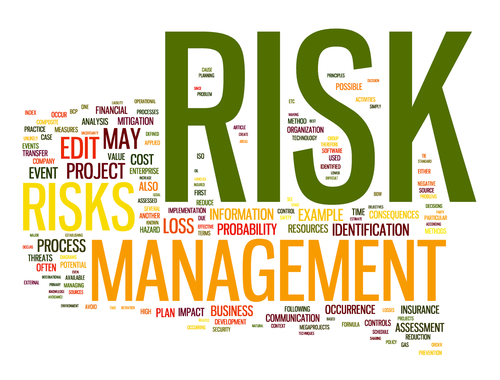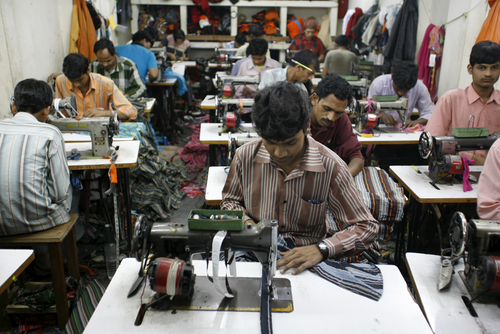The summer of 2012 produced one of the most alarming streaks of workplace-related violence in recent memory. Among the deadliest and most-publicized events were:
- the movie-theater rampage in Aurora, Colorado, which 12 people were killed and 58 wounded
- the Sikh Temple shootings in Oak Creek, Wisconsin, that left seven dead, including the shooter
- the workplace shooting near the Empire State Building, with two dead and nine wounded
- the early-morning grocery store shooting in New Jersey, which killed three people
- the hostage situation in an office building in Pittsburgh that ended without violence
- the shooting at a Minnesota sign company, that killed six victims, plus the shooter
FOR A FULL LIST, SEE THE NOVEMBER ISSUE OF RISK MANAGEMENT
These tragedies all occurred within two months. The stream of headlines describing violence at various places of employment was long and horrifying, and the lives of those affected will never be the same. Is such a streak an indication of a trend towards increasing violence? Or was this an awful series of coincidences?
According to the Bureau of Labor Statistics, 4,609 people died at work in 2011, and 10% of those deaths (461) were the result of homicide.
Although the numbers may appear small compared to the size of the workforce at large, they still represent more than one death by homicide at work each day. What’s more, each death has a tragic ripple effect that extends deeply into families, businesses and communities.
These situations are often perceived to occur suddenly and without warning, but there are often signs in the months, weeks, or days leading up to the incident: changes in mood, increased absenteeism, or angry outbursts. To minimize risk of a violent incident, all employees — managers, supervisors and co-workers — should be trained and empowered to report these sorts of warning signs as they occur.
Types of Workplace Violence
The headlines focusing our attention on disgruntled co-workers may actually be masking aspects of workplace violence that are not only more significant, but also preventable. For example, 39% of women who are murdered at work are victims of estranged husbands or boyfriends. In many cases, there is a history of domestic violence.
Recognizing the signs of domestic violence and providing resources for assisting victims is a vital part of providing a safe workplace.
One-third of all cases of workplace homicide involve robbery. These cases often target employees in banks, retail or transportation, where there is a known presence of cash and exposure to the public. These situations should follow OSHA guidelines for a safe workplace.
Focusing our attention on workplace homicide can also obscure the depth of the continuum of workplace violence. Almost two million U.S. workers experienced violence at work in 2011. Violence stretches from verbal threats to physical assault and homicide. The much greater extent of these varying forms of workplace violence suggests a tremendous cost to employers in categories such as lost productivity, absenteeism and employee turnover.
The Need for Training
The lower-level forms of workplace violence can often be prevented or mitigated through violence-prevention training. While no policy can eliminate the risk of violence at work altogether, a few basic steps can make employees more vigilant and better prepared to recognize and react.
- Every workplace should have a specific and explicit policy regarding violence, including detailed plans and procedures for responding to incidents, communicating with employees, families and the media, working with law enforcement, and a capacity for critical incident stress debriefing if any type of violence was committed, threatened or observed. Each new hire should be made aware of the plan, and the plan should be practiced on a yearly basis, if not more.
- Provide Employee Assistance Programs to assist employees in managing work- or life-related stressors to help lessen the chance of a situation turning violent.
- Systems for mandatory referral should be made available to managers and supervisors for employees in which troublesome behaviors have been observed.
- Transfer employees away to a safe place if a threat was made.
- Workplace violence audits should be performed to assess threat levels for all job types and work locations.
- All employees should be trained to recognize the warning signs of both workplace violence and situations of domestic violence, as well as have basic training in violence prevention and verbal intervention.
buy paxil online www.artforhealingfoundation.org/wp-content/uploads/2023/10/jpg/paxil.html no prescription pharmacy
Beyond the incidents that create headlines, workplace violence is a persistent phenomenon with an impact that extends to families, friends, co-workers and the community. Preparation and training can reduce risk and have a positive impact on the reaction and recovery of all stakeholders, helping to restore stability and productivity to the workplace.



